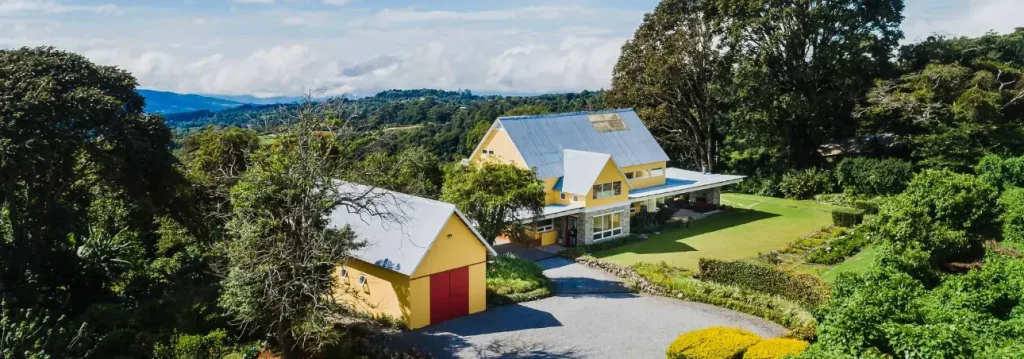This great 1 and a half minute video shows the incredible scope of the work being done to expand the canal and a gives a quick look at the Canal’s new leader Sr. Jorge Luis Quijano. It comes as part of the American Society of Civil Engineers’ Global Engineering Conference in Panama City that is currently underway (Oct. 7-14, 2014). Billions are being spent in the United States right now to help prepare the more progressive ports for the huge ships that will be headed their way when the project is completed in 2016. Billions more will likely be allocated before long.
Panama Canal Expansion A Big Deal for U.S. Engineers – The Container, Tom Curry, 10/2/14
The project to expand the Panama Canal — officially launched in 2007 and set to be finished early in 2016 — is having ripple effects on the U.S. economy from railroads to ports.
The canal’s expanded capacity will likely reduce shipping rates between East Asian ports such as Shenzhen and ports on the Gulf Coast and East Coast of the United States.
With port expansion projects such as the one in Miami, the new Panama Canal means more work for the people who design big infrastructure — civil engineers.
Just about to leave for Panama on Friday for a meeting of American Society of Civil Engineers and to celebrate the 100th anniversary of the opening of the original canal, ASCE executive director Patrick Natale told us that bigger post-Panamax ship have drafts that are deeper, which most U.S. ports can’t handle.
“If we’re going to be competitive with rest of the world and move our goods to sell around the world, we need to make sure our ports can accommodate the big ships that are being expected,” he said. “We need more aggressive plans on dredging. That’s something port authorities around the country are looking at.”
“My belief is the port authorities have decided they need to do it,” he said. “The question is, can they get the funding to do it. It’s not a matter of if, it’s a matter of when.”
One place the Panama Canal expansion has created work for civil engineers and construction workers is the Bayonne Bridge between Staten Island, N.Y., and New Jersey.
In 2010, the Port Authority of New York and New Jersey launched a $1.3 billion project to raise the bridge’s clearance from 151 feet above the Kill Van Kull (the tidal strait which connects Newark Bay with the Upper New York Bay) to 215 feet to accommodate larger post-Panamax ships.
With port projects, Natale said, a civil engineer tackles questions such as: “Are the port facilities designed to handle conditions such as high winds. If you’re at the port of Miami, you better be well prepared for the times when a hurricane comes through. How have we built the facilities to withstand those conditions and be resilient? Have we made sure the port has been dredged to a point where you have the draft to bring in whatever ships you’re bringing in to port?”



